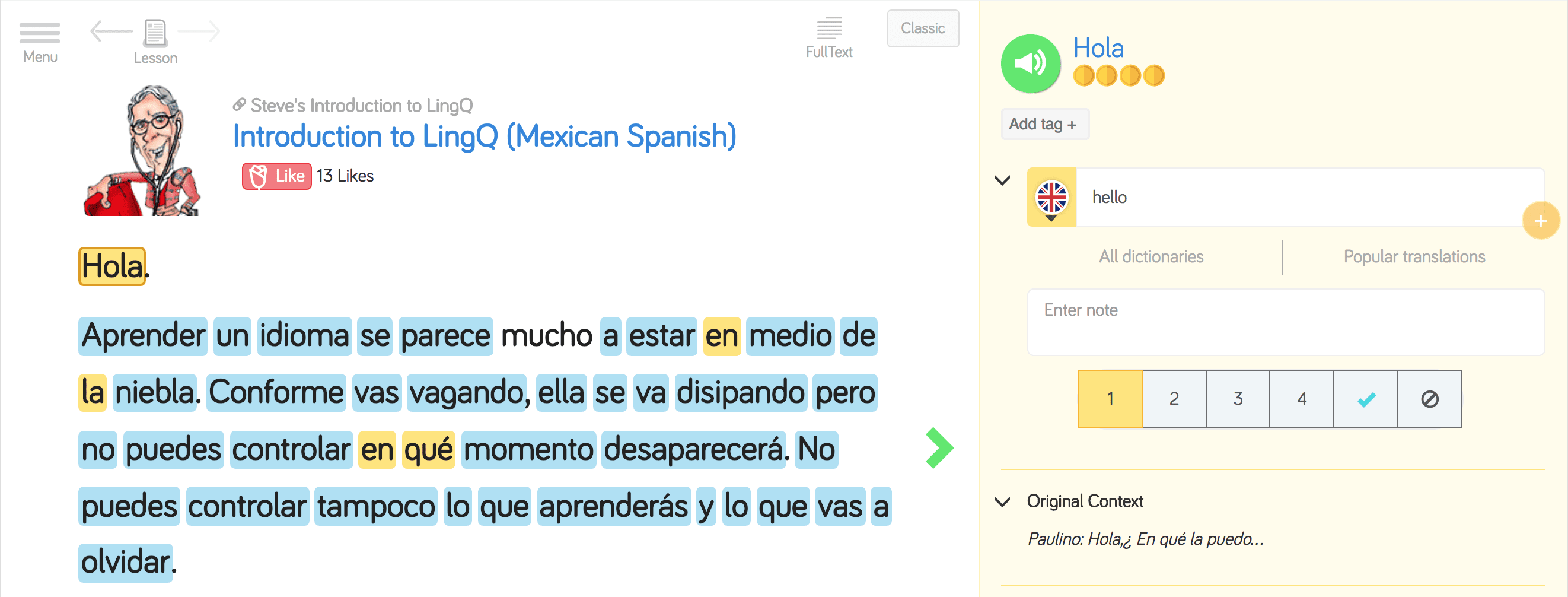Spanish Accents From Around the World
Images that represent the following types of Spanish: Castilian, Mexican, Argentinian, Caribbean & Coastal Latin America, Colombian, Peruvian and Chilean. Images from the countries/regions, food, people, etc.
Whether you’re learning Spanish for the first time or have been hearing it all your life and have yet to be able to distinguish it, differentiating between accents from various Spanish-speaking countries is very difficult but with a little practice — it can be done!
If you are learning Spanish, the last thing you’ll want is to be called a gringo because of your accent. Part of the learning process is to be able to best imitate the accent as much as possible. However, to do so, you have to choose the Spanish accent to learn from, which can also be difficult because there are so many!
Learning the distinct differences between various Spanish-speaking countries and their accents are important, especially when traveling. For example, all your dedication to learning the Spanish language might be for nothing if you go a Spanish-speaking country and you don’t understand a word. Eventually, you’ll probably get used to the accent, but it’s better to know beforehand what you’ll be getting yourself into.
In this article, I’m going to introduce some of the major Spanish accents.
Where do people speak Spanish?
All over the world, actually. In whatever list you research, Spanish is usually placed high, in the top three most popular languages spoken throughout the world. Chances are, it’s being taught in their schools to their children and printed in small print on labels all across the world. It’s a handy language to know if you because based on the facts, if someone doesn’t speak English, your next best bet is Spanish. Well, actually the last of the top three languages is Chinese but that’s not exactly elementary school learning to pick that language up.
Countries range from all over South America (aside from Brazil, of course), most of Central America, Spain, and the Caribbean.
How to Recognize Different Spanish Accents
When traveling or venturing from one Spanish-speaking country to the next, the Spanish speakers differ from one another with three different aspects: pronunciation, emphasis on certain parts of the words, and they often have different words for certain terms and expressions.
Now we get to the main attraction, differentiating between various Spanish accents.
Castilian

Venturing on over to Spain, you’ll notice right away an instant difference. One of the main differences in Castillian is the beginning of the word. As I have played in Portugal with half of my teammates being from Spain the pronunciation of the beginning of these words were easy to pick up.
In the beginning of words with a C or even Z, you’ll notice that Spaniards pronounce it like a “TH”. For example, instead of ciudad — “see-oo-DAHD”, it is “thee-oo-DAHD”. S is also spoken as a “sh”. In this dialect there are other differences in the accents but so little time! Those are the two main ones.
Mexican

Most commonly spoken in the southwestern U.S., and of course, in Mexico, Mexican Spanish is highly influenced by their indigenous languages and surprisingly, American English. Mexican Spanish speakers use shorter vowels in speaking, as they talk with a sing-song voice.
Both the letters “B” and “V” are mostly pronounced as a “B” would in English. Also when speaking Spanish, as I mentioned before, the characteristic melody of the way Mexicans speak is that they often pronounce the stress on the second syllable in many words.
Argentinian

Living with an Argentinian, I was able to pick up a few things without even realizing it from the way she speaks. (You can imagine how that was—a Brazilian and an Argentinian on a soccer team living together—talk about rivalry!) Fortunately, she grew to be one of my closest friends.
Porteño or Argentine Spanish is a lot softer. When it comes to the accents, “y” sounds like “sh”, for example: tuyo become “tusho”, calle (“ca-ye”) becomes “cashe”.
Also, something notable, they normally don’t use the word tú for you, they use vos, meaning that the verb conjugation changes slightly.
Caribbean & Coastal Latin America

Dawned some inspiration from Camila Cabello’s “Havana” and are heading down to Cuba this summer? Be prepared to hear some of these differences in a Caribbean Spanish accent.
In the Caribbean, speakers tend to drop the end of the two like “d”, “t”, and “s”. For example, in words like verdad or mitad, Cubans will pronounce it like “verda” and “mita”. Gracias also becomes “gracia”.
In these Spanish-speaking countries, you can also get confused by the “r” and “l”. In words containing these two letters, Caribbean speakers don’t make much distinction between the two. Cerdo is commonly pronounced celdo, which loosely means that the word for “pig” becomes “cell”—which seems pretty harmless. However, when the word alma, meaning “soul” is pronounced arma, which means weapon or gun, you can see how things can get a bit complicated.
Colombian

Colombian Spanish tends to use Usted instead of tú, and from an accent standpoint, they often eat their letters — for breakfast, lunch, and dinner. They don’t like to pronounce their “b” and “d” either, which can be pretty confusing.
For example, when saying sentada they say “senta-a” and cansado becomes “cansa-o”.
In Colombia, they also do not distinguish between “y” and “ll”.
Peruvian

Peruvians place emphasis on the “s” when pronouncing and most often my favorite type of Spanish (my grandfather was from Peru so I might be a little biased) because they speak clearly. They also tend to use the word pues quite often.
One of the only differences is that they sometimes pronounce the letter “d” like a “t”:
Chilean

In Chile, their accent also has a lot of dropping of letters, as well. Most words that end in a vowel, they lose the letter “d”. They also lose the “v” when the word ends in –vón.
When Chileans speak, they also pronounce “ch” with a “sh” sound.
Conclusion
Picking the right Spanish accent for you to learn is mainly based on what type of Spanish you want to be speaking or which one will be the most useful for you. Before you dive headfirst into one of the dialects, do your research beforehand and see if the choice will best benefit you.
The best way to get used to the different Spanish accents is by doing a lot of listening. With LingQ you can listen to content and follow along to the transcript, translating words and phrases as you go. These words and phrases are then highlighted in future lessons and can be studied with the vocabulary activities. You can even search for lessons with specific accents to learn from.

***
Adriana Rodrigues is a Peruvian-American who has had experience playing professional soccer and working while speaking Spanish In addition to Spanish, she knows German, Portuguese, and English.

